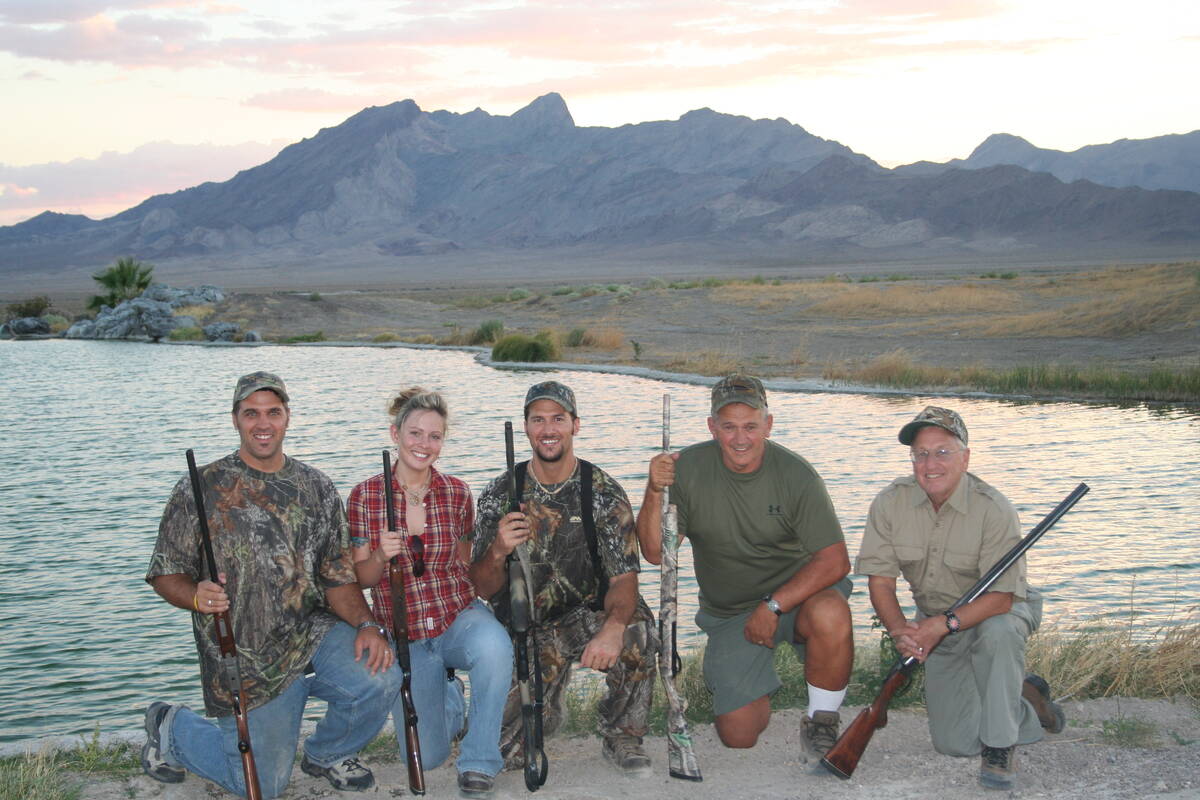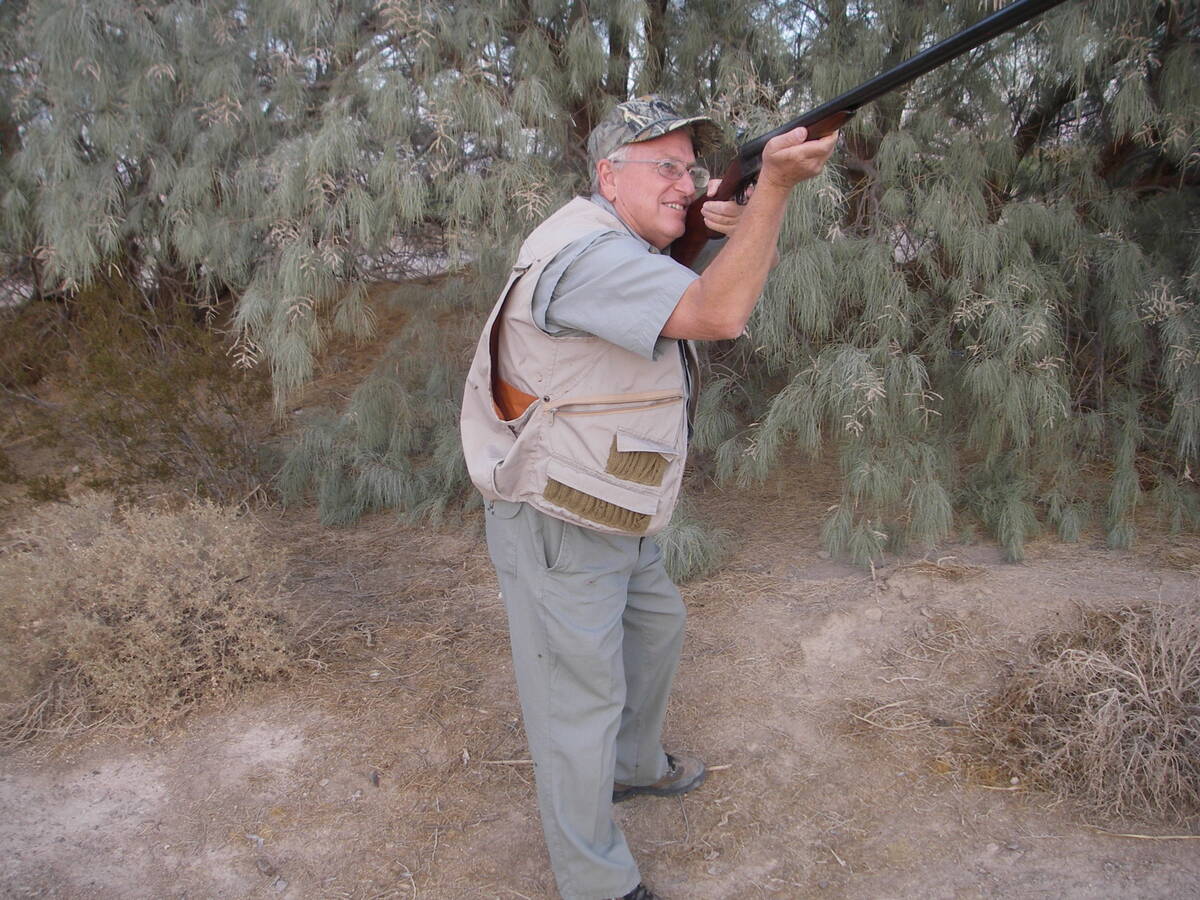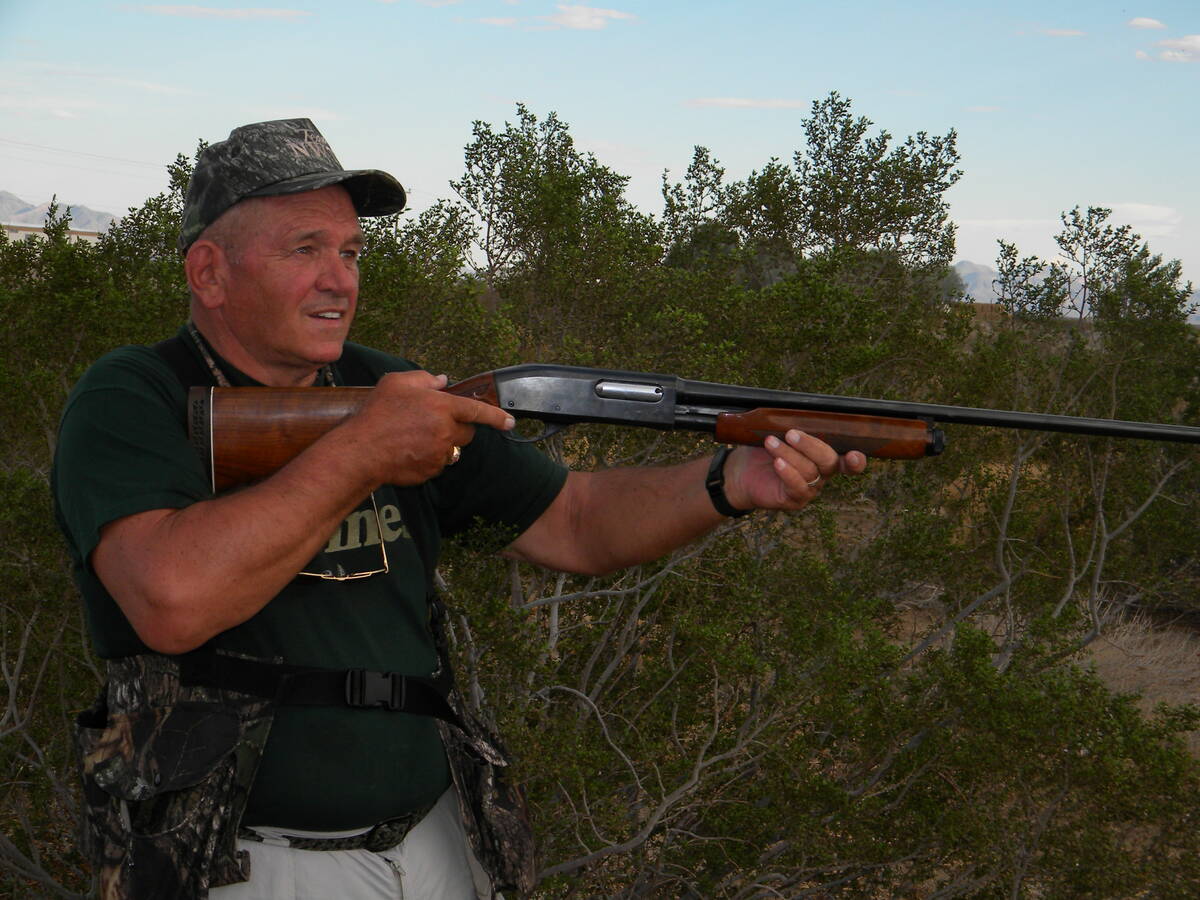Bird hunting season ends with quail, ducks and geese
It’s February and the hunting seasons have come to an end. Spring is near and those off-season blues are setting in as I reminisce on some of my favorite adventures.
My experiences with chukar, waterfowl, and especially quail are at the forefront of these vivid thoughts. The most recent occurred at one of my favorite quail haunts, and the birds were kind. It was a cold, early morning and they held close to cover and then exploded in all directions, with wings thundering.
This certainly gets the adrenaline going and awakens one faster than three cups of coffee. Once my central nervous system catches up with my heart, I manage to down only one bird. The real hunt then begins, following up on where you think the scrambled birds have landed. This is when a hunter wishes for a well-trained dog.
As I carefully (I’d like to think stealthily) closed ground to a likely cover, I’m ready. The senses are alert; I hear and respond to every sparrow. I know they will bust out and I’ll be ready. It’s less shocking this time, but equally exciting.
In an instant it all comes together: the thunder of wings, the gun comes up to the shoulder pointing, not aiming, and a bird hits the ground with a noticeable impact and distinct sound. I’d like to say I then got a double, or triple, as some of my more skilled friends are able to do, but my follow-up shots were behind the bird and just served to hasten it to its next destination a hundred yards away. And then it all begins again. By the second or third attempt the birds have usually found it safer to head for thicker brush and not take flight so easily.
This is the thrill of quail hunting, and there’s always the next clump of mesquite or brush. Even if the birds are not present, or cooperative, it’s a great excuse to be with family or friends for a fresh walk in natural surroundings – a life-anchoring experience.
Chukars in the mountains
Then there is chukar hunting; it’s a bit different and this season was the best in several years. They tend to hold on rocky hillsides or wander around on the brushy area on top. So, you must first climb the mountain.
I’ve noticed they most often hang out about halfway up, near cliff faces or drop-offs. They sometimes let me know where they are with their “cluck-cluck” vocalizations. I’ve even mastered the call and return it, “cluck-cluck-cluck,” but I may not have the vocabulary perfected. I seem to always be saying, “bye-bye,” as they dive off the cliff with stiff wings set, like a F-16 fighter jet, and head for the bottom of the hill.
I often follow them down to get another chance, but they then run up the hill faster than I, cluck-clucking all the way. If they weren’t “just birds” I’d think they were laughing, again. Oh, for the want of a well-trained hunting dog.
Occasionally, it all works and one is able to down these combat flyers. Hunting with a couple of friends helps enormously, as often the birds can be flushed in each other’s direction. This type of hunting will get, or keep, you in shape and the meal is well worth it.
Attracting water fowl
And then there’s water fowl; ducks and geese require a completely new set of skills. A blind is usually constructed from native vegetation, or a pre-made blind is set up prior to the hunt. Then in the early dawn light, decoys are strategically placed in front of the blind to attract their unsuspecting friends.
They can be seen coming from long distances, often circle around and may respond to your calling with your favorite duck or goose call. With practice, your most seductive tones will bring them in for a closer look. The shooting is then fast and furious with birds falling from the sky, into the water in front of your blind.
Retrieving is also a major part of the hunt. Your “well-trained dog” is shivering with excitement, waiting for your command to fetch the bird. He returns and lays it at your feet or into your waiting hand.
What, you don’t have a well-trained dog? Can you swim in frigid waters? Got a boat? No? Here is another option I use while waiting for my well-trained dog to appear: get the biggest, ugliest floating pike lure you can find and attach a few extra large treble hooks to it, then with an inexpensive take-down or telescoping rod you can cast beyond the downed bird, snag it and bring it to shore without getting wet. It works, but I’m still waiting for a dog and time to train it.
Visiting or joining a water fowl or duck hunt club is a great idea; they even have the dogs. Hunting at one of the public waterfowl areas managed by the Fish and Wildlife Service is also a great idea. Best of all, get together with a couple of experienced water fowlers and learn their methods and tricks before starting out on your own. Waterfowling is an art, but be careful as it can become addicting.
Winter continues, but spring is coming – embrace it. Soon we’ll be fishing with our new combination license, applying for new hunting tags and enjoying summer.
If you have an adventure, a story or a comment, e-mail me at sportsmansquestdan@gmail.com
Duck breasts are one of life's true treats and every good recipe book will give you a wide variety of options. This one from Laura, my fishing pal and a great cook, is from an old family recipe.
I look forward to her preparing it for me one day; I'll bring the ducks.
"Laura's Savory Breast of Duck"
Two large duck breasts
1 tsp. salt, 1 tsp. black pepper
¼ cup orange juice
¼ cup lemon juice
one 14.5 oz. can chicken broth
½ cup balsamic vinegar
2 cloves garlic, minced
1 tsp. fresh ginger, grated
4 Tbsp. butter, divided
1 tsp. lemon zest, julienned
1 tsp. orange zest, julienned
2 Tbsp. olive oil
Prepare the grill for medium coals/heat. Rinse the duck breast and set aside. In small saucepan add citrus juices, chicken stock, and vinegar, cook until reduced by half. Add garlic, ginger and zests, cook for five minutes.
Whisk in butter one tablespoon at a time while sauce is still cooking. Remove ¼ cup sauce and set the rest aside.
Dry duck breast and sprinkle with salt and pepper. Brush duck breast with olive oil and grill seven minutes per side or to desired doneness, brushing with ¼ cup of sauce during last minutes of grilling.
Serve on a bed of rice with the rest of the sauce poured over the top.



















